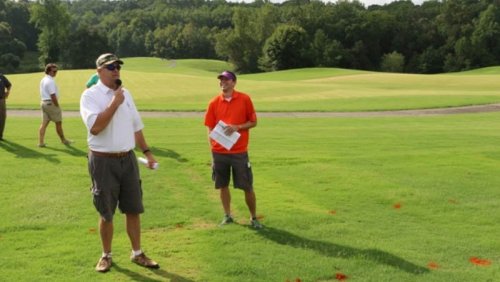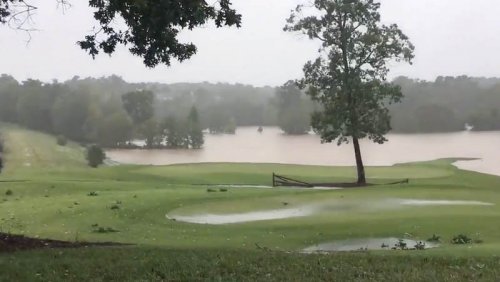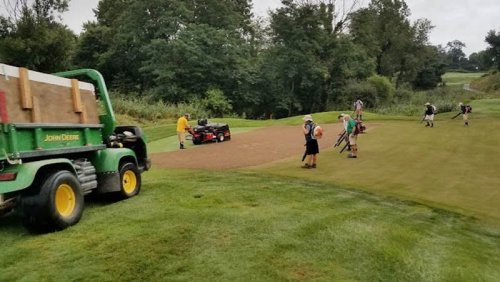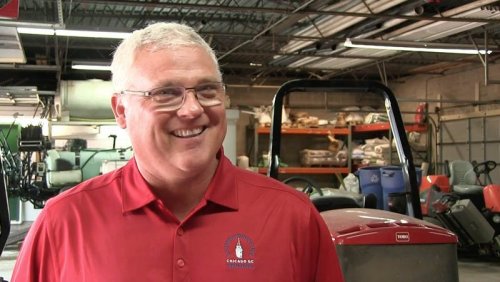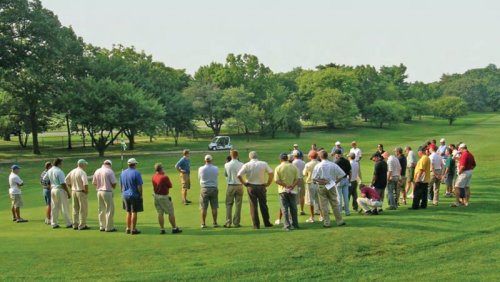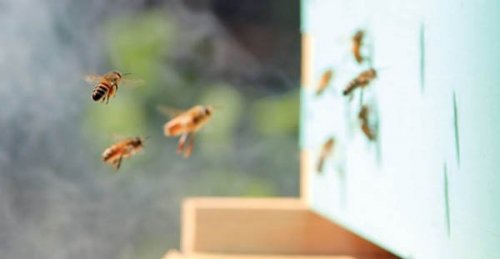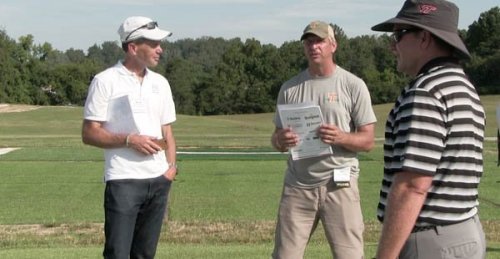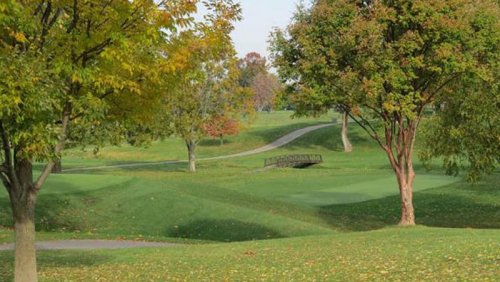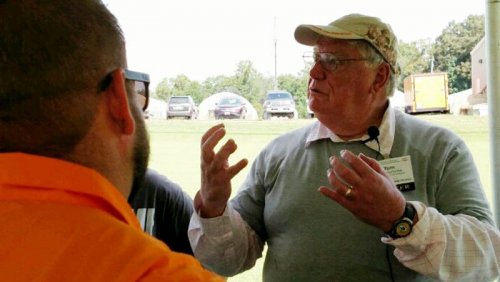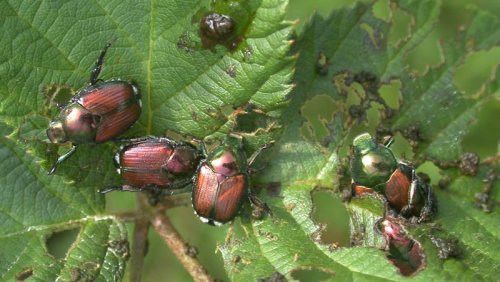
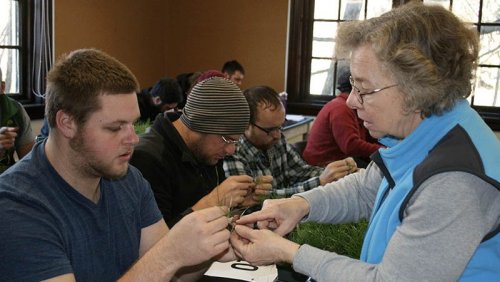
Applications are being accepted for the 2019 University of Massachusetts Winter School for Turf Managers as well as the UMass Extension Green School.
The UMass Winter School is a compressed certificate program that covers all the concepts essential to maintaining high quality turf, with emphasis on environmental stewardship and fiscal responsibility. This comprehensive, dynamic short course is ideal for experienced professionals associated with the management of golf courses, athletic fields, parks, municipal and private grounds, fine lawns and landscapes.
Scheduled for Jan. 7-Feb. 15 at the UMass campus in Amherst, in an updated, time-efficient, six-week format, the UMass winter school is certificate program designed to help experienced turf professionals brush up on their skills or provide aspiring managers who can’t squeeze a traditional academic schedule into their calendar with the skills necessary to succeed.
Classes meet 8 a.m.-5 p.m. Monday-Thursday and 8 a.m.-noon on Fridays to accommodate weekend commuters. Some area hotels offer special packages for UMass Winter School students.
UMass Amherst faculty and distinguished guests lead a combination of classroom, laboratory, group project and discussion activities. Close-knit classes offer an opportunity to learn from the experiences of fellow students and to form relationships that will last a lifetime.
A Certificate of Completion will be awarded to those who satisfactorily complete the program requirements. A high school diploma or GED is required for admission.
Every other year, UMass also offers its Green School for aspiring and busy turf management professionals.
Designed for turf and landscape professionals hoping to get a better understanding of horticulture fundamentals and management strategies but who just don’t have the time for full academic course load, the Green School is a comprehensive certificate short course taught by UMass Extension specialists and faculty.
Attendees will learn the latest about sustainable methods of plant selection, plant maintenance, and pest and nutrient management which lay the foundation for environmentally appropriate decision-making.
The Green School curriculum, which emphasizes a systems-based approach to plant care, is based on current research and focuses on environmental stewardship, best management practices and integrated pest management. Students can choose from one of three tracks: turf management, landscape management and arboriculture. Classes will meet twice a week from Oct. 29 through Dec. 13 at the Doubletree Hotel in Milford, Massachusetts.
The goal of the turfgrass management track is to help turf managers "produce surfaces that meet functional and aesthetic expectations while at the same time minimizing the impact of management practices on human health, natural resources and the greater environment."
Pesticide recertification contact hours will be offered for all New England states, and CEUs are available through both programs.
- Read more...
- 2,960 views


